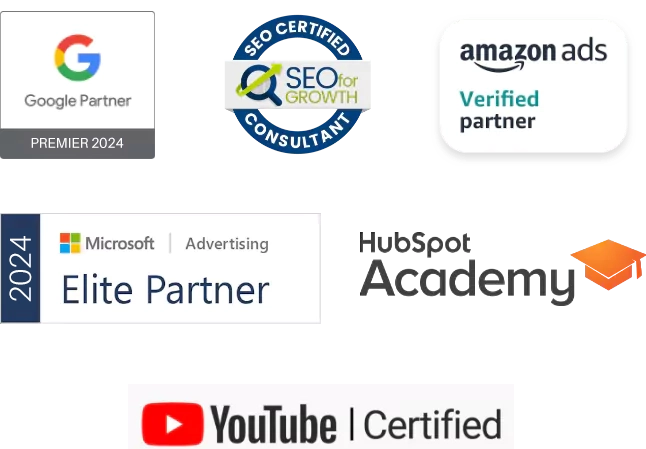1. What is SEO & Why it is So Important?
Search Engine Optimization (SEO) is the science of making your website work better for search engines, like Google, based on specific keywords. So what’s the point? SEO brings in over 1,000% more visitors than organic social media. 53.3% of all site traffic comes from organic search.
2. How is eCommerce SEO different than other websites?
Ecommerce Search engine optimization (SEO) is the method used to raise the profile of your online shop in search engine rankings (SERPs). To increase sales, you need as much exposure as possible in people’s search results for the things you offer. Paid search is one way to get more traffic, but organic search engine optimization (SEO) is a cheaper way to do it.
3. How do I increase my Online Store visibility on Google?
You can increase your online store’s visibility by employing proven SEO techniques. These techniques include using target long-tail keywords, satisfying user search intent, setting up your Google Business Profile, improving your page load speeds, developing user-responsive design, and integrating links on the websites. Launching a Google PPC campaign can further aid the store’s visibility.
4. How long does it take to generate revenue out of SEO?
You should see results from SEO in six to twelve months. SEO should start to work within 3 to 6 months. By results, we mean a noticeable rise in traffic and the leads or sales that come with it. With our unique method of SEO + CRO methods proven by industry experts, we guarantee a 3x rise in revenue in the first year!
5. Why do eCommerce businesses need SEO experts?
eCommerce businesses need SEO experts to analyze site health and strategize On-Page and Off-Page activities. To rank on the search engine, you need more than just a few hours of reading about SEO on the internet; you need years of experience and the ability to use that experience to your advantage. An expert in this sector will be able to not only remove the error statements but also advise you on the best next steps to take to maximize the effectiveness of your attempts to generate organic revenue.
6. How much does an eCommerce SEO Agency cost?
Costs associated with obtaining the services we need or the advice of experts depending on the time and effort required by the service provider. At TheCommerceshop, we take the time to identify who your ideal customers are and then tailor our approach to them specifically. The goal is to get your name out there and allow your product’s merits to speak for themselves to potential customers.
7. How To Choose the Best SEO Company?
Before hiring a company, you should verify that the eCommerce SEO Company you’re considering employing has extensive experience and certified experts in the field. Look for a company with many trusted partners, happy customers, and an impressive portfolio.
8. Can I Just Run Paid Ads for My Ecommerce Site, or do I need SEO?
Pay-per-click (PPC) advertising helps your eCommerce site in short term and does not yield long-term results, while SEO is a more comprehensive and strategized manner of getting more relevant users to your website. PPC is a paid marketing campaign where you pay for each traffic generated by ads, however, SEO helps you generate free traffic in the long run and maintain stable organic traffic for your eCommerce store.
9. How to measure the ROI on SEO?
Although there is no foolproof method for calculating SEO’s return on investment, a general rule of thumb may apply. The most optimal ratio for sales and marketing return on investment is 5:1. For every $1 you put into SEO, you should get a return of $5. You need a return on investment (ROI) of at least 500%.
10. What are the core web vitals?
Google’s Core Web Vitals are a set of metrics for measuring a website’s performance and user experience. Core Web Vitals may have been designed with developers in mind, but every website owner can benefit from its analysis of user behavior. Core Web Vitals creates a metric for three main components of the user experience, namely: Page loading performance, Ease of interaction, Visual stability of a page from a user’s perspective. These metrics offer unique insights into several facets of the user experience on a website. While developers should consider the “user experience” as a whole, these metrics provide useful breakdowns of the many factors that can be used by website owners to locate and resolve technical difficulties.







 Jane Smith,
Marketing Director
Jane Smith,
Marketing Director Michael Clark,
CFO
Michael Clark,
CFO David Brown,
Founder
David Brown,
Founder Emily Johnson,
Ecommerce Manager
Emily Johnson,
Ecommerce Manager